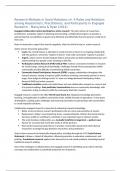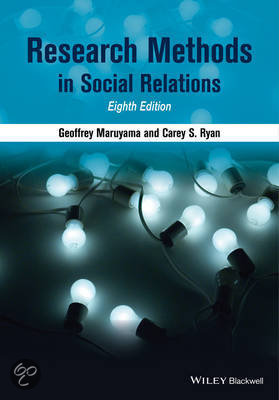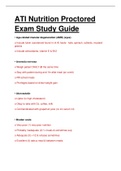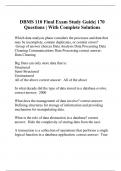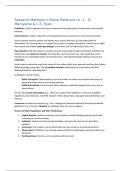Summary
Summary of literature, lecture 5: UvA research methodology
- Course
- Institution
- Book
Summary of the literature we need to read before lecture 5 of Research Methodology. Research Methods in Social Relations H4 and H6 — G. Maruyama & C.S. Ryan
[Show more]
